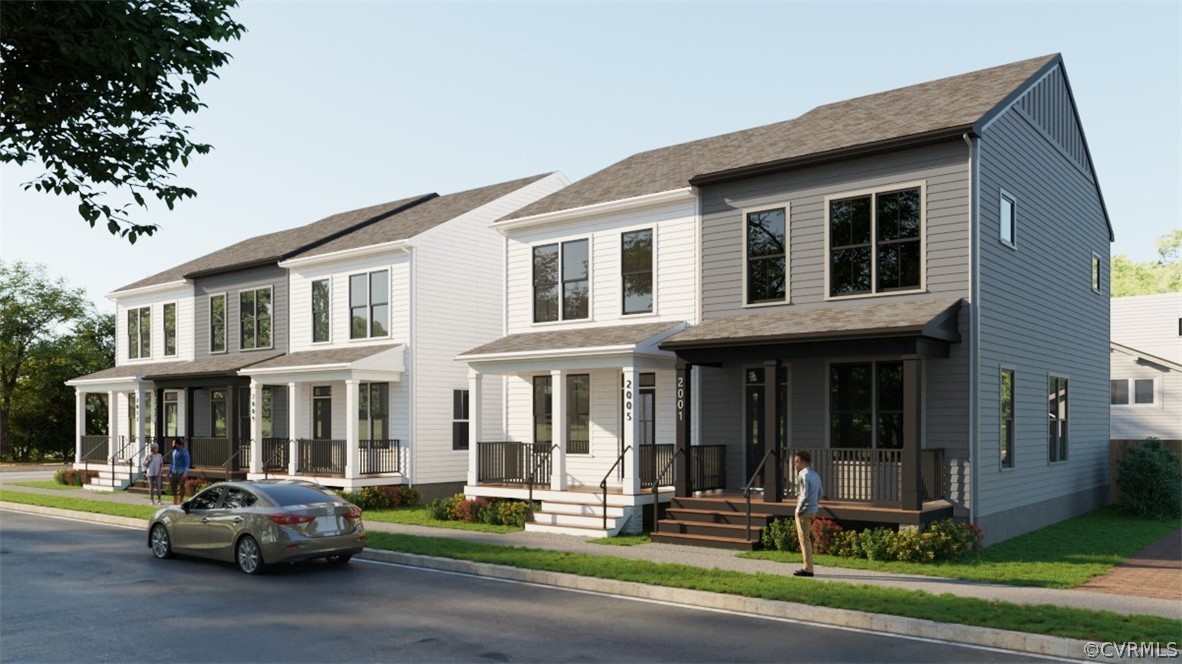

Blog
Looking for ways to tackle Michigan’s housing Crisis?
“We’re about 190,000 housing units short in our state right now and our housing is expensive. Over the last decade, our cost of single-family homes has gone up about 84% while incomes have only gone up about 25% during the same time period,” said Amy Hovey, with the Michigan Housing Authority (July 2023).
As planners, we are all too familiar with searching for “just the right” residential balance in our communities. Some communities can’t get enough single family or multiple family residences, while others have put up the “No Vacancy” sign for any type of residential development. Many communities are searching for infill development, while others are having a difficult time finding construction that fits in or compliments existing architectural styles and/or density. It’s not enough to want good neighborhoods; we have to empower our communities to look at the “Big Picture” while still drilling down on those two elusive words, “good planning.”
There are two flaws in the current system that we see over and over again. They are:
- Missing the mark on complementary infill density for existing single-family neighborhoods.
- Not firmly articulating a growth vision on the edges of neighborhoods, turning every greenfield housing development into a controversial PUD.
How do we fix this? In the City of Holland, they took the following actions:
- “Right sized” their traditional neighborhood district on a sliding scale (up to 4 dwelling units per acre)
- The new “Unified Development Ordinance” allows residential in all districts, including industrial, subject to certain restrictions.
- On the east side of a town, a “Greenfield Mixed Use” district was established. Currently occupied by farm fields, the new district allows a range of residential uses subject to a minimum of six dwelling units per acre.
Holland Charter Township employed several of its own ideas to address housing, namely:
- An overlay for a corridor would allow mixed use up to 4 stories with residential,
- Transformation of an auto-oriented corridor into a walkable corridor,
- In the Master Plan they established a framework which designates land as preserve, enhance or grow.
The City of Walker has a chart of all available land planned for residential in excess of 10 acres and what the permitted dwelling units per acre are.
Several approaches that span a wide range of actions from Master Plan updates to a graphic that can be used by developers. What do they all have in common? They spell out what is permitted and under what circumstances – period. Public input is imperative while drafting the standards and must include participation from stakeholders such as public officials, residents, fire and police departments and potential (or past) developers/builders. If this is done carefully, priorities can then be merged with solid planning practices and the resulting product leaves little room for opposition from residents or litigation.
A few last words…
- Define the issue/problem in conjunction with the existing goals and objectives of the Master Plan and take time to reflect on recent housing developments that have been denied or tabled (or both). Discuss any substantial changes that have taken place that are potential game changers.
- Run new housing standards “up the flagpole”. Graphically show several examples of how these would facilitate infill and greenfield development on existing sites in the community. Numerically show the impact on taxes, public safety, etc.
- Set a date to review the progress and don’t be afraid to make changes. Things are seldom perfect the first time around. Your Planning Commission should consider incorporating housing strategies into the annual planning program.
That’s what we’re talking about at McKenna this week. Let us know what you’re talking about in your community. For more great ideas about community planning, design, and building services, visit mcka.com or call us at (248)596-0920. Like us on Facebook or connect with us on LinkedIn to learn more about how we’re elevating communities across the region.